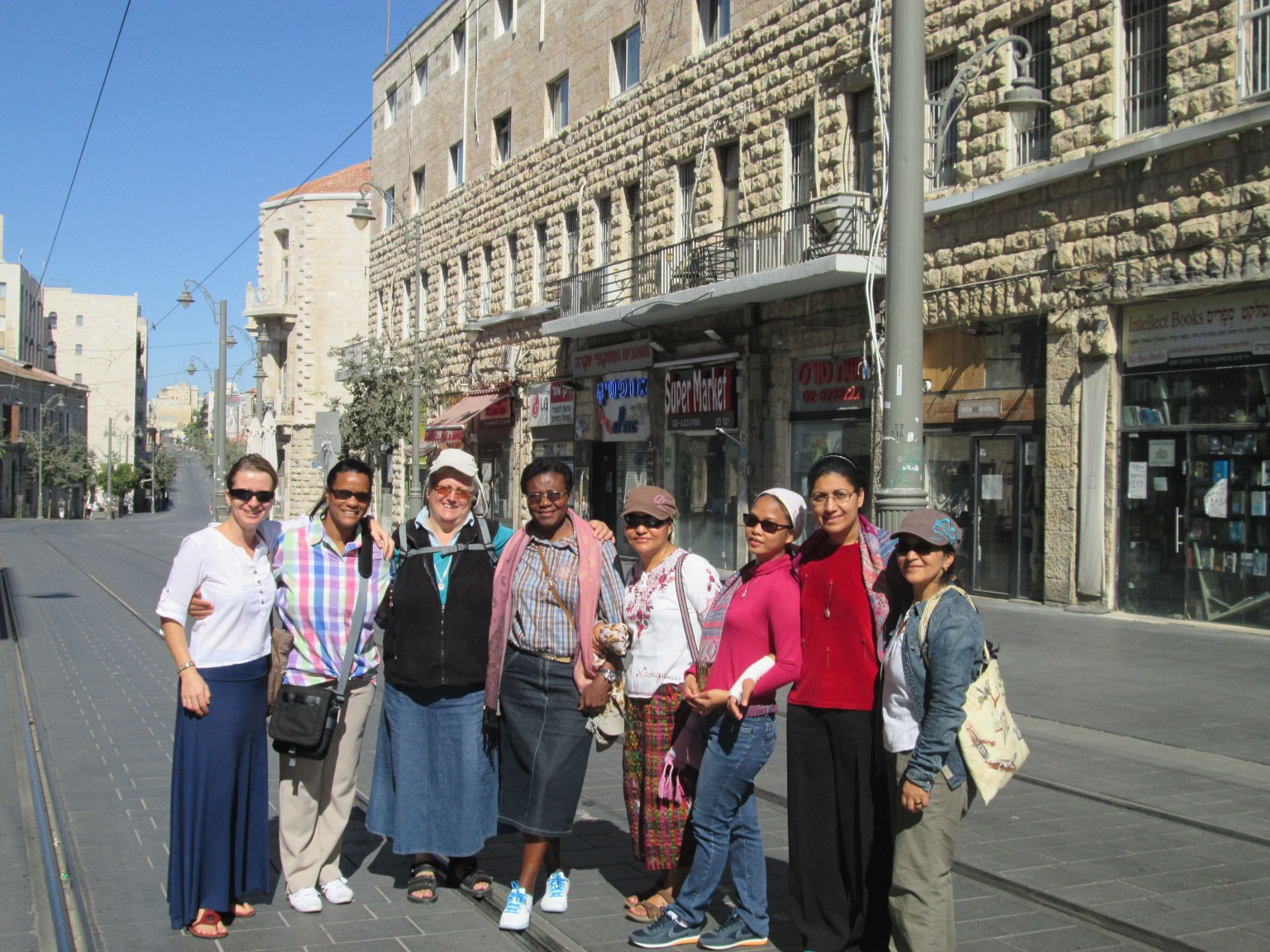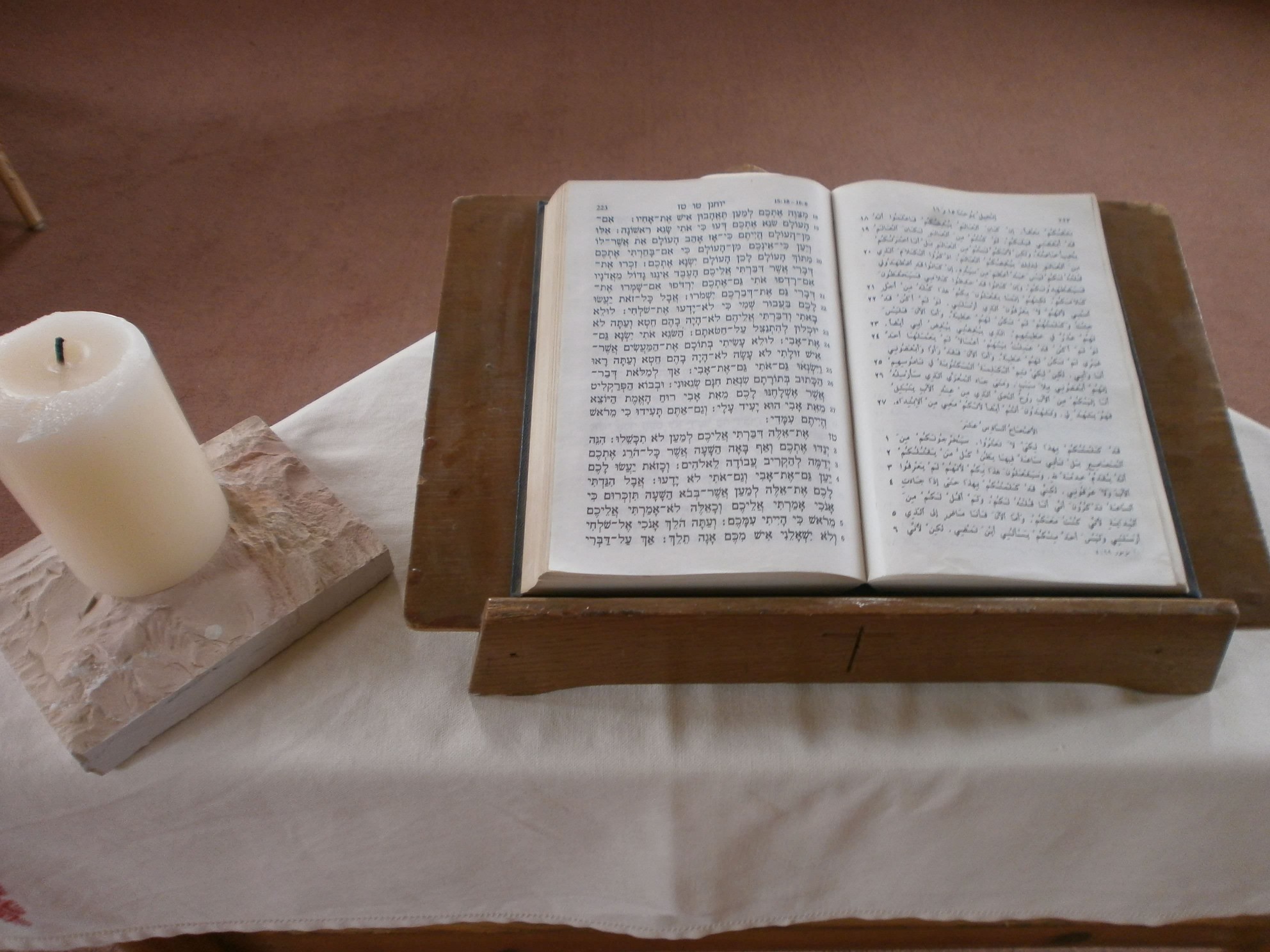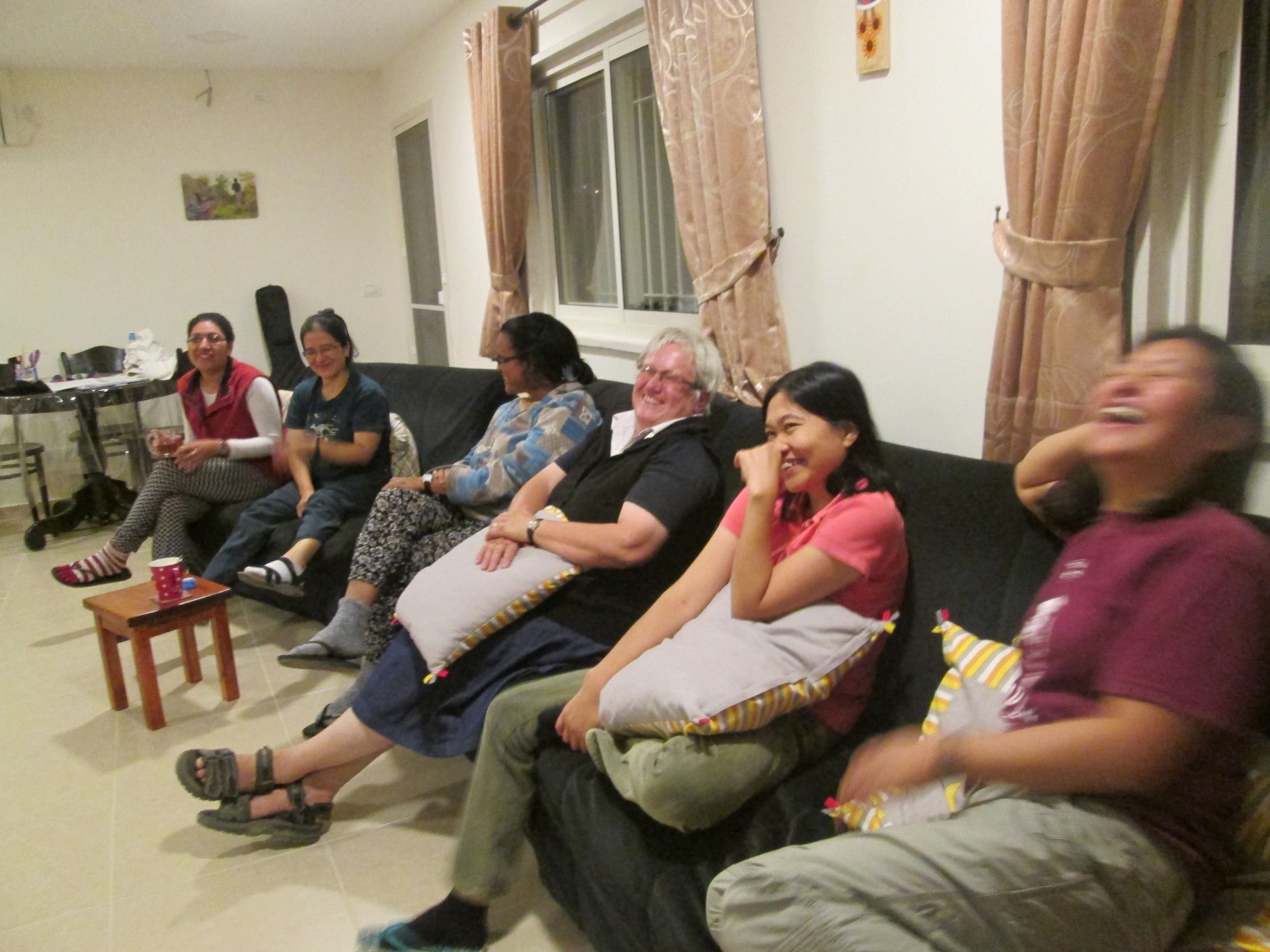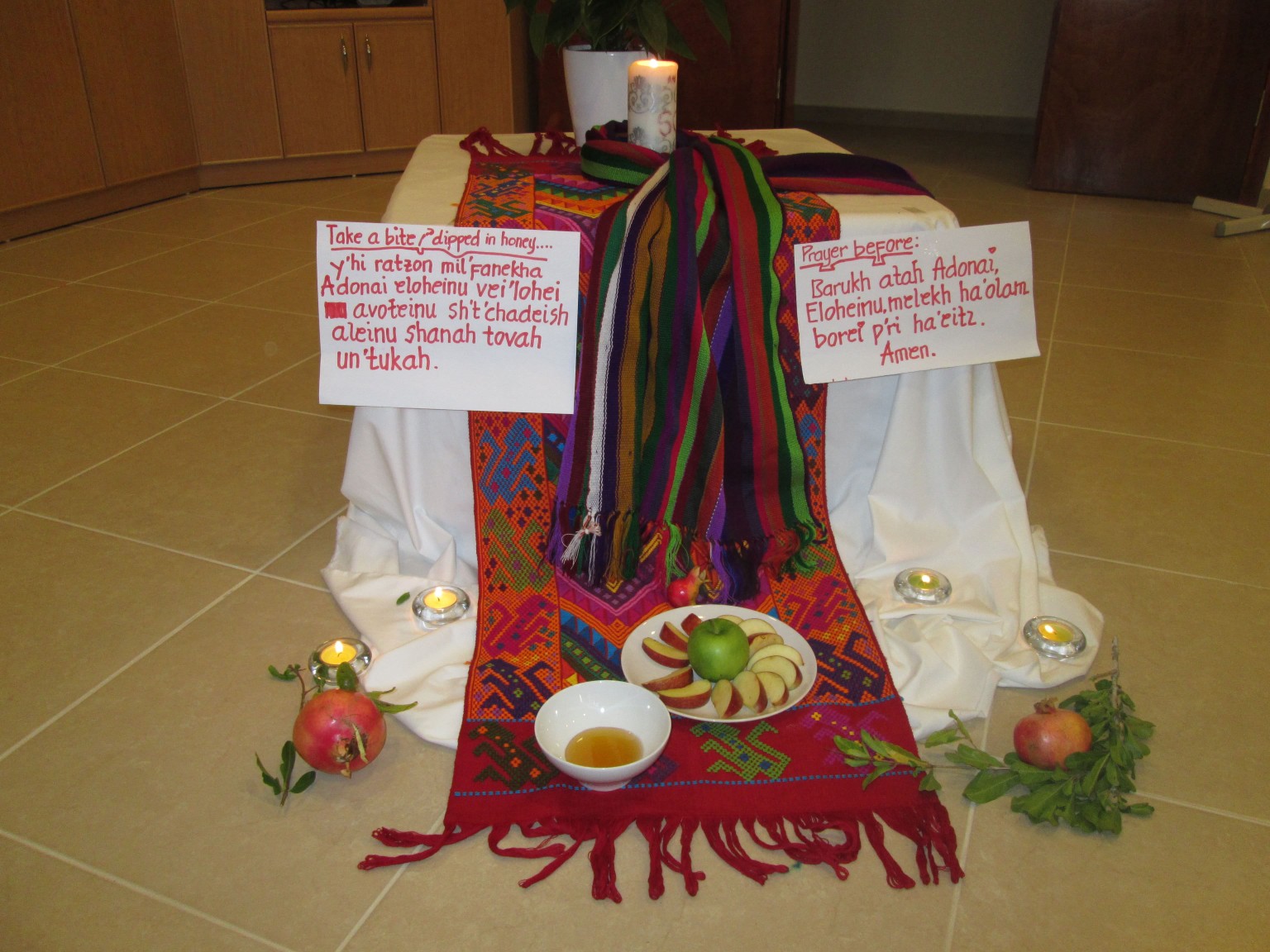Yom Kippur
Yom Kippur Necklace: The Day of Awe and Atonement Understanding Yom Kippur using the method of “necklace”. The necklace is one of the methodology in studying Jewish Text. According to the Jewish Sages, using the necklace in Torah study shows the unity of the text from Torah, Neveim and Ketuvim. Torah/The Five Books of Moses “This shall be an everlasting ordinance for you: on the tenth day of the seventh month every one of you, whether a native or a resident alien, shall mortify himself and shall do no work. Since on this day atonement is made for you to make you clean, so that you may be cleansed of all your sins before the Lord, by everlasting ordinance it shall be a most solemn sabbath for you on which you mortify yourselves.” (Leviticus 16:29-31) Leviticus 23: 27-32 : “The tenth of this seventh month is the Day of Atonement, when you shall hold a sacred assembly and mortify yourselves and offer an oblation to the Lord.” Neveim/Prophets Isaiah 57: 14 & 58:14 “Build up, …







